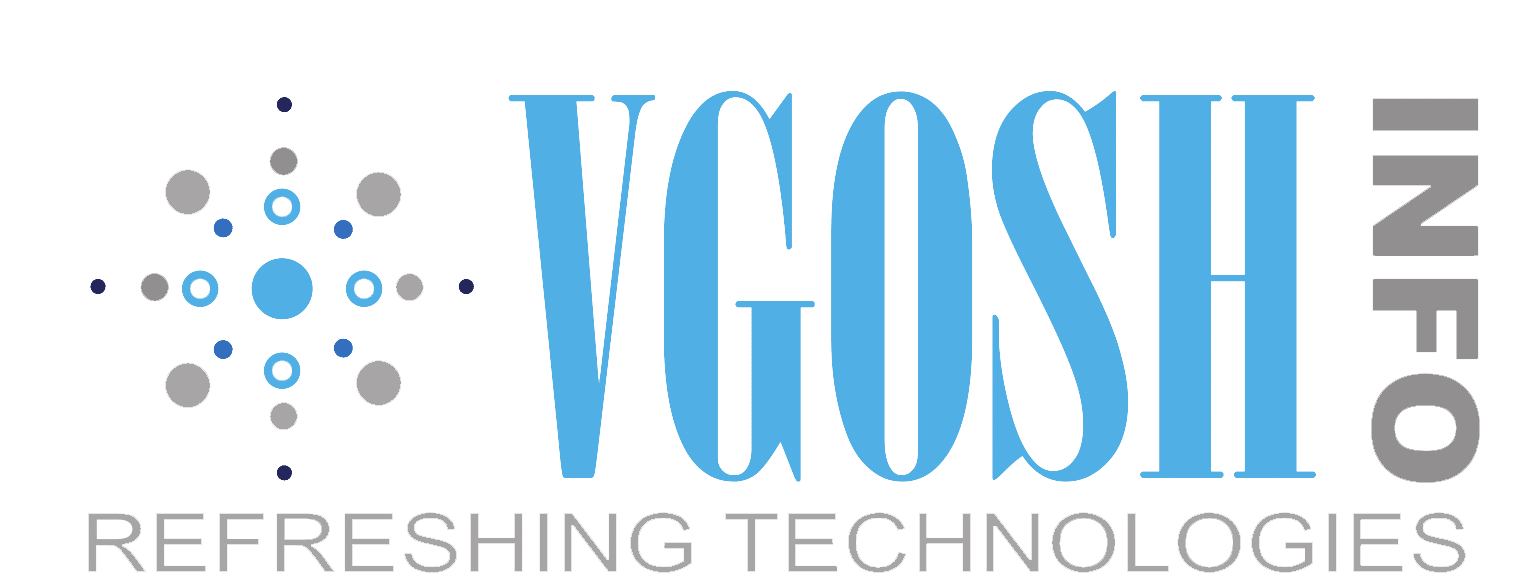The Internet of Behaviors (IoB): Shaping Human-Technology Interactions
In an increasingly interconnected world, the Internet of Behaviors (IoB) has emerged as a transformative concept that combines data from various sources to influence human behavior. As technology advances, the ability to collect and analyze behavioral data has grown exponentially, leading to new opportunities and challenges in how we interact with digital platforms and each other. This blog explores the IoB’s potential applications in marketing, public policy, and healthcare while also addressing critical ethical considerations surrounding data privacy, consent, and the potential for manipulation.
Understanding the Internet of Behaviors
The Internet of Behaviors is an extension of the Internet of Things (IoT), which connects devices and collects vast amounts of data about user interactions. While IoT focuses primarily on the interconnection of physical devices, IoB takes it a step further by analyzing this data to understand and influence human behavior. By integrating technology, data analytics, and behavioral psychology, IoB aims to capture, analyze, and respond to human actions in real time.
At its core, IoB leverages data from various sources—such as social media interactions, online shopping behaviors, wearable devices, and smart home technologies—to create a comprehensive picture of individual preferences and habits. This information can then be used to tailor experiences, improve services, and even predict future behaviors.
Applications of IoB
1. Marketing
One of the most significant applications of the Internet of Behaviors is in marketing. Companies can utilize behavioral data to create highly personalized advertising campaigns that resonate with individual consumers. By analyzing past purchasing behaviors, online searches, and social media interactions, businesses can segment their audiences more effectively and deliver targeted content that aligns with users’ interests.
For example, a retail company might use IoB to track a customer’s journey from browsing products online to making a purchase in-store. By understanding where customers lose interest or what influences their decisions, marketers can optimize their strategies to enhance engagement and conversion rates. The ability to provide real-time feedback and recommendations based on user behavior can lead to more effective marketing efforts and improved customer satisfaction.
2. Public Policy
The IoB also holds promise for public policy initiatives. Governments can harness behavioral data to design better programs and services that meet citizens’ needs more effectively. For instance, by analyzing traffic patterns through connected vehicles and smart city infrastructure, policymakers can make informed decisions about urban planning and transportation systems.
Moreover, IoB can be instrumental in promoting public health initiatives. By tracking population behaviors related to health—such as vaccination rates or adherence to safety protocols—governments can identify trends and target interventions more effectively. This data-driven approach can lead to more efficient allocation of resources and ultimately improve public health outcomes.
3. Healthcare
In healthcare, the Internet of Behaviors presents opportunities for enhancing patient care and engagement. Wearable devices that monitor vital signs or track physical activity generate valuable data that can be analyzed to understand patient behaviors better. Healthcare providers can use this information to personalize treatment plans and encourage healthier lifestyle choices.
For example, a fitness app might analyze a user’s activity levels over time and provide tailored recommendations for exercise routines or dietary changes based on their progress. Additionally, healthcare professionals can leverage IoB insights to identify patients at risk for chronic conditions early on and intervene proactively.
Ethical Considerations
As with any technology that relies on extensive data collection, the Internet of Behaviors raises significant ethical concerns related to privacy, consent, and potential manipulation:
1. Data Privacy
The collection of behavioral data often involves sensitive personal information. Users may not fully understand what data is being collected or how it will be used. Ensuring robust data privacy measures is essential for maintaining trust between consumers and organizations utilizing IoB technologies.
Regulatory frameworks such as the General Data Protection Regulation (GDPR) in Europe aim to protect individuals’ privacy rights by requiring explicit consent for data collection and usage. However, many organizations still struggle to comply with these regulations while effectively leveraging behavioral insights.
2. Consent
Obtaining informed consent is crucial when collecting personal data for IoB applications. Users should have clear visibility into what information is being collected, how it will be used, and who will have access to it. Without proper consent mechanisms in place, organizations risk violating ethical standards and potentially facing legal repercussions.
3. Potential for Manipulation
The ability to influence human behavior through targeted messaging raises concerns about manipulation. While personalized experiences can enhance user satisfaction, there is a fine line between influencing behavior positively and exploiting vulnerabilities for profit or control.
For instance, companies may use behavioral insights to create persuasive marketing strategies that pressure consumers into making impulsive purchases or adopting unhealthy habits. It is essential for organizations leveraging IoB technologies to prioritize ethical considerations in their strategies to avoid crossing this line.
Challenges in Implementing IoB
Despite its potential benefits, implementing the Internet of Behaviors comes with several challenges:
- Data Management: The volume of data generated through IoB applications can be overwhelming. Organizations must invest in robust data management systems that ensure accurate analysis while maintaining compliance with privacy regulations.
- Integration: Integrating various data sources—from IoT devices to social media platforms—can be complex. Organizations need effective strategies for consolidating this information into actionable insights without compromising user privacy.
- User Acceptance: Many users are wary of sharing personal information due to concerns about privacy violations or misuse of their data. Building trust through transparent practices is essential for encouraging user participation in IoB initiatives.
The Future of IoB
As technology continues to evolve rapidly, the Internet of Behaviors will likely play an increasingly prominent role in shaping human-technology interactions across various sectors. Organizations that successfully harness the power of behavioral insights while prioritizing ethical considerations will be well-positioned for success in this new landscape.
Moreover, advancements in artificial intelligence (AI) and machine learning will enhance the capabilities of IoB systems by enabling more sophisticated analysis of behavioral patterns over time. This could lead to even more personalized experiences that resonate with users on a deeper level.
In conclusion, The Internet of Behaviors represents a significant shift in how we understand and influence human behavior through technology. By combining insights from various sources—ranging from marketing strategies to public policy initiatives—IoB has the potential to reshape industries while enhancing user experiences.
However, as we embrace this powerful tool, we must remain vigilant about ethical considerations surrounding data privacy, consent, and manipulation risks. By prioritizing transparency and responsible practices in implementing IoB technologies, we can unlock its full potential while safeguarding individual rights.

